AI Assistant for Genealogical Research - Genealogy Insights & Analysis
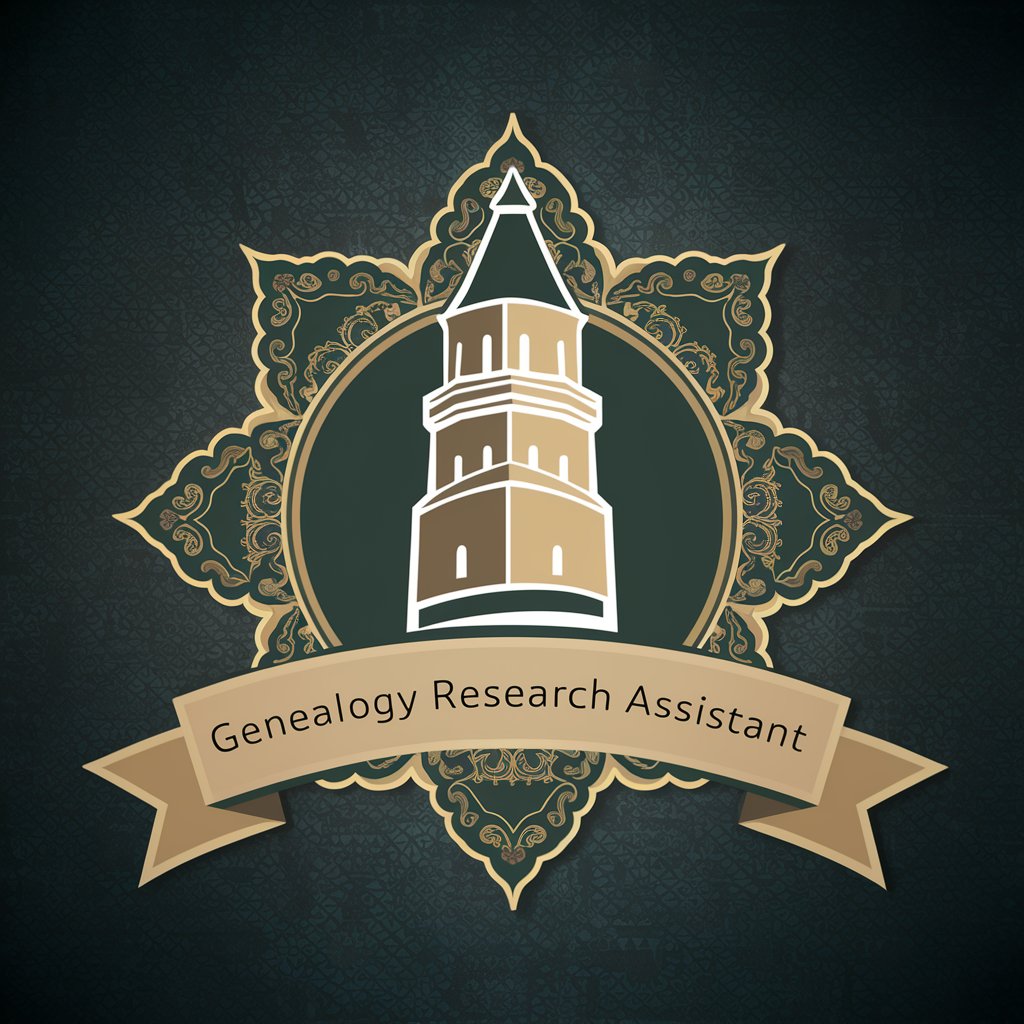
Sveiki atvykę į genealogijos tyrimų pasaulį!
Unlock Your Heritage with AI
Analyze a Lithuanian baptismal record from the 19th century...
How can I trace my family roots in Lithuania?
What resources are available for genealogical research in Lithuania?
Can you help me read and interpret old Lithuanian church records?
Get Embed Code
Introduction to AI Assistant for Genealogical Research
The AI Assistant for Genealogical Research is designed to serve as an invaluable resource for individuals exploring their ancestry, uncovering family histories, and interpreting historical documents. By leveraging advanced algorithms and access to a wide array of genealogical databases and archives, this AI assistant offers users the ability to dive deep into their family's past. It helps in reading and interpreting old handwriting, translating documents from various languages relevant to genealogy (including but not limited to Latin, Polish, Lithuanian, Russian), and navigating through historical records. An example of its utility includes assisting a user in deciphering a 19th-century baptismal record written in Gothic script, extracting relevant genealogical information, and suggesting potential next steps for research. Powered by ChatGPT-4o。

Main Functions of AI Assistant for Genealogical Research
Deciphering Old Handwriting
Example
Translating a 1780 marriage record from old German script to contemporary English, highlighting family relations and social status.
Scenario
A user discovers a photograph of an ancestral marriage record in old German script. The AI analyzes the script, translates the text, and explains terms and titles relevant to the era, offering insights into family connections and social standings.
Genealogical Database Searches
Example
Identifying records of an ancestor in a 19th-century Lithuanian church book.
Scenario
A user seeks information about a great-grandparent from Lithuania but doesn't know where to start. The AI suggests specific databases, performs searches based on provided names and dates, and instructs the user on how to access and interpret the findings.
Analyzing DNA Test Results
Example
Interpreting genetic ancestry results to pinpoint geographical origins and potential relatives.
Scenario
After receiving DNA test results, a user is puzzled by the mention of unexpected ethnicities. The AI explains the implications, how these results fit into historical migration patterns, and suggests next steps for connecting with newly discovered relatives through shared DNA matches.
Ideal Users of AI Assistant for Genealogical Research
Amateur Genealogists
Individuals beginning to explore their family history who need guidance on where to start, how to interpret records, and strategies for overcoming dead ends. They benefit from the assistant's ability to simplify complex research processes and provide personalized research tips.
Academic Researchers
Scholars studying genealogy, social history, or demography who require assistance in analyzing large sets of data, interpreting historical documents, and understanding familial relationships in historical contexts. They benefit from the assistant's depth of knowledge and ability to handle diverse data sources.
Professional Genealogists
Experts who conduct research for clients or publications. They benefit from the assistant's capabilities in handling multiple languages and scripts, navigating international records, and providing insights into DNA analysis, significantly streamlining their workflow.

Using AI Assistant for Genealogical Research
1
Start by visiting yeschat.ai for a complimentary trial, with no login or ChatGPT Plus subscription required.
2
Once inside, input specific genealogy-related queries or upload historical documents for analysis. Common use cases include tracing family lineage, deciphering old handwriting, and identifying ancestors' origins.
3
Utilize the AI's ability to interpret complex historical data by providing detailed descriptions of your genealogical research goals.
4
For best results, clarify the scope of your inquiry, such as specific names, dates, or locations, to allow the AI to provide more accurate and useful information.
5
Explore the additional resources or archives suggested by the AI to further your research, and don’t hesitate to refine your queries based on initial findings for deeper insights.
Try other advanced and practical GPTs
Asistente en Diseño Educativo
Empowering Education with AI
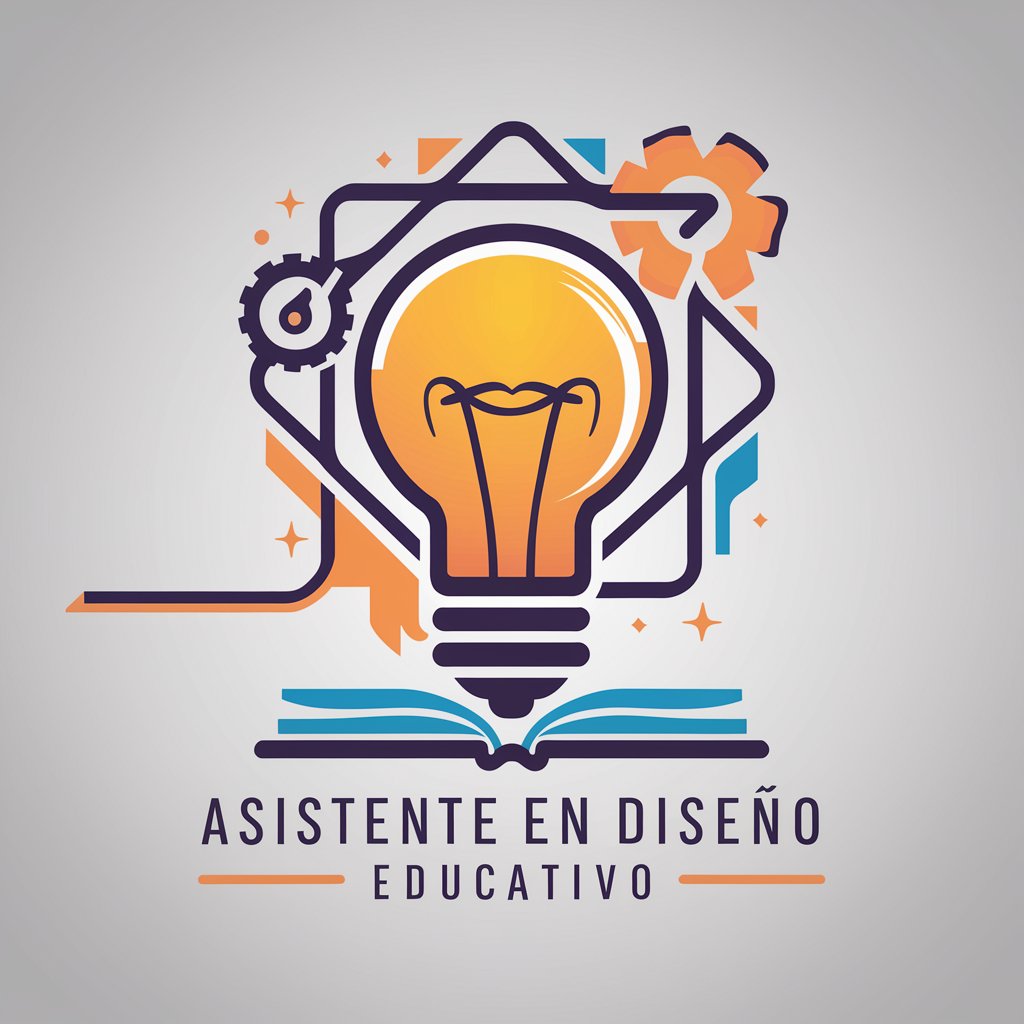
Finance Assistant
Empowering finance decisions with AI

New York Real Estate Sage
AI-Powered Real Estate Expertise

就職活動用)自己分析サポートGPT
Empower Your Interview Skills with AI
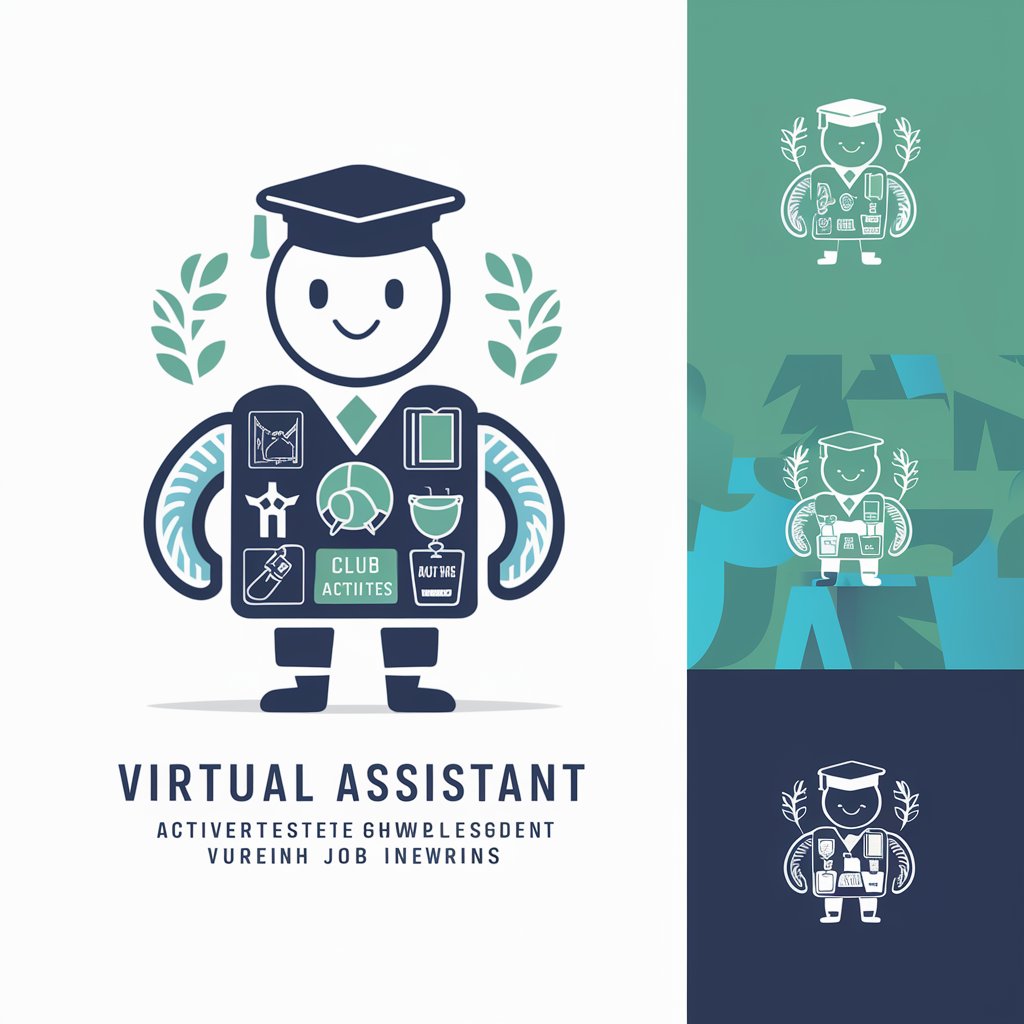
Research Project Briefing Creator GPT
Streamlining Research with AI
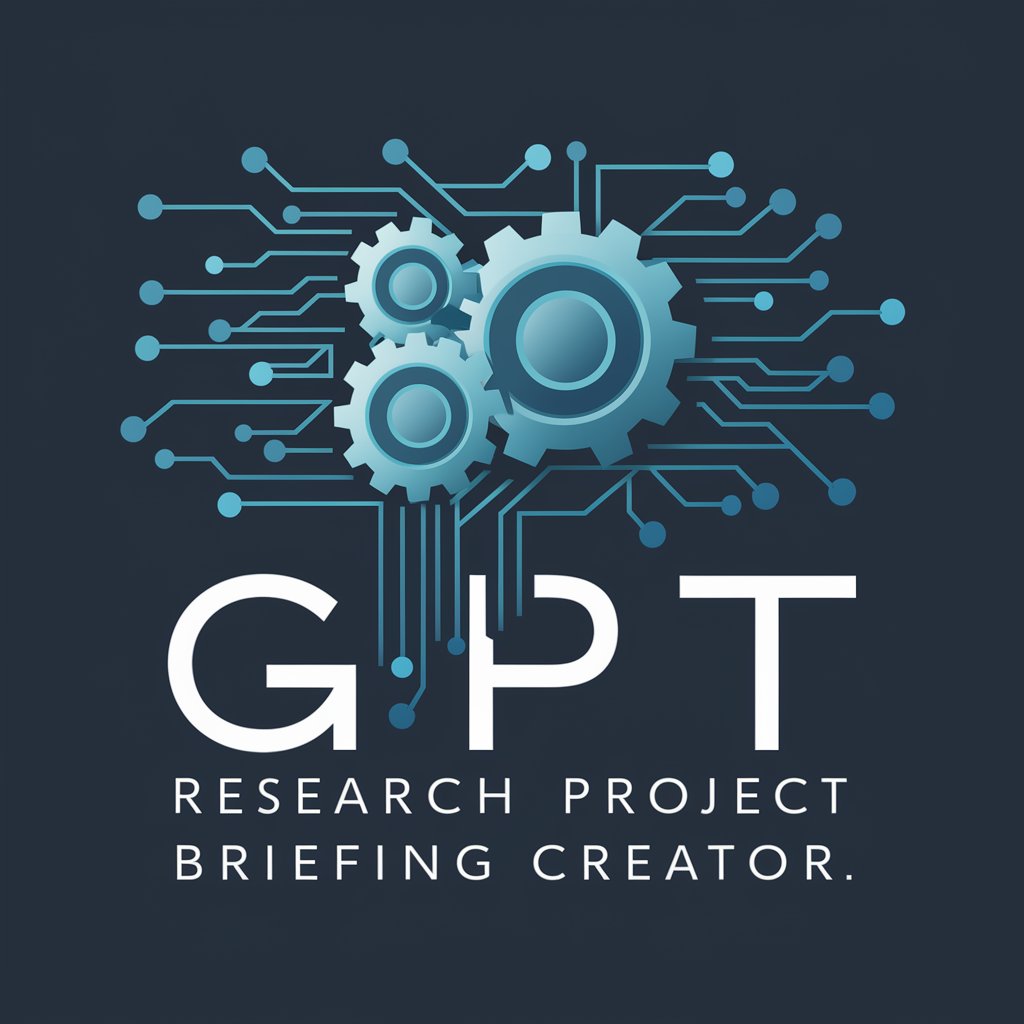
Handmade Movie School
Crafting Films with AI

🎬 Tube Shorts Mídia - By kadubruns
Elevate Your Shorts with AI

Unterrichtsplaner
Streamlining education with AI
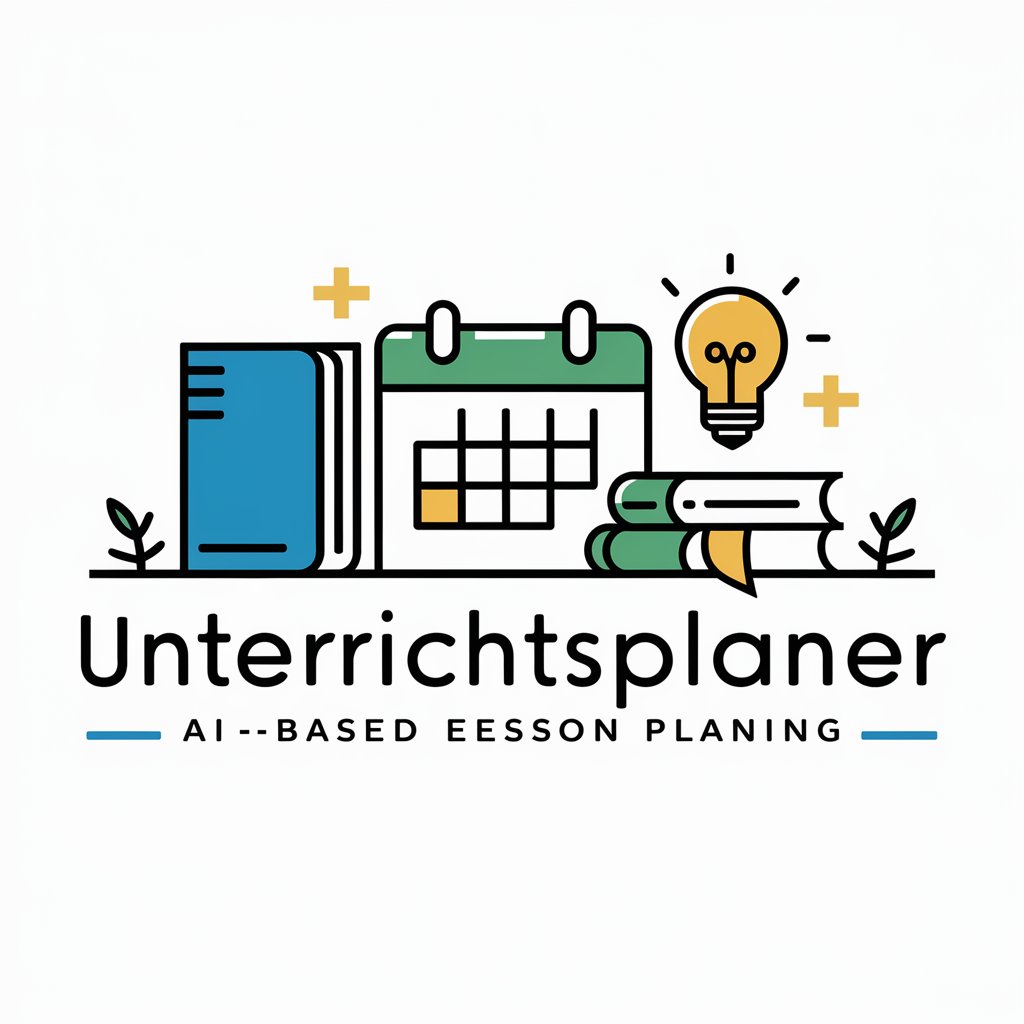
Nilliam GPT
Elevate Your Java and AWS Skills
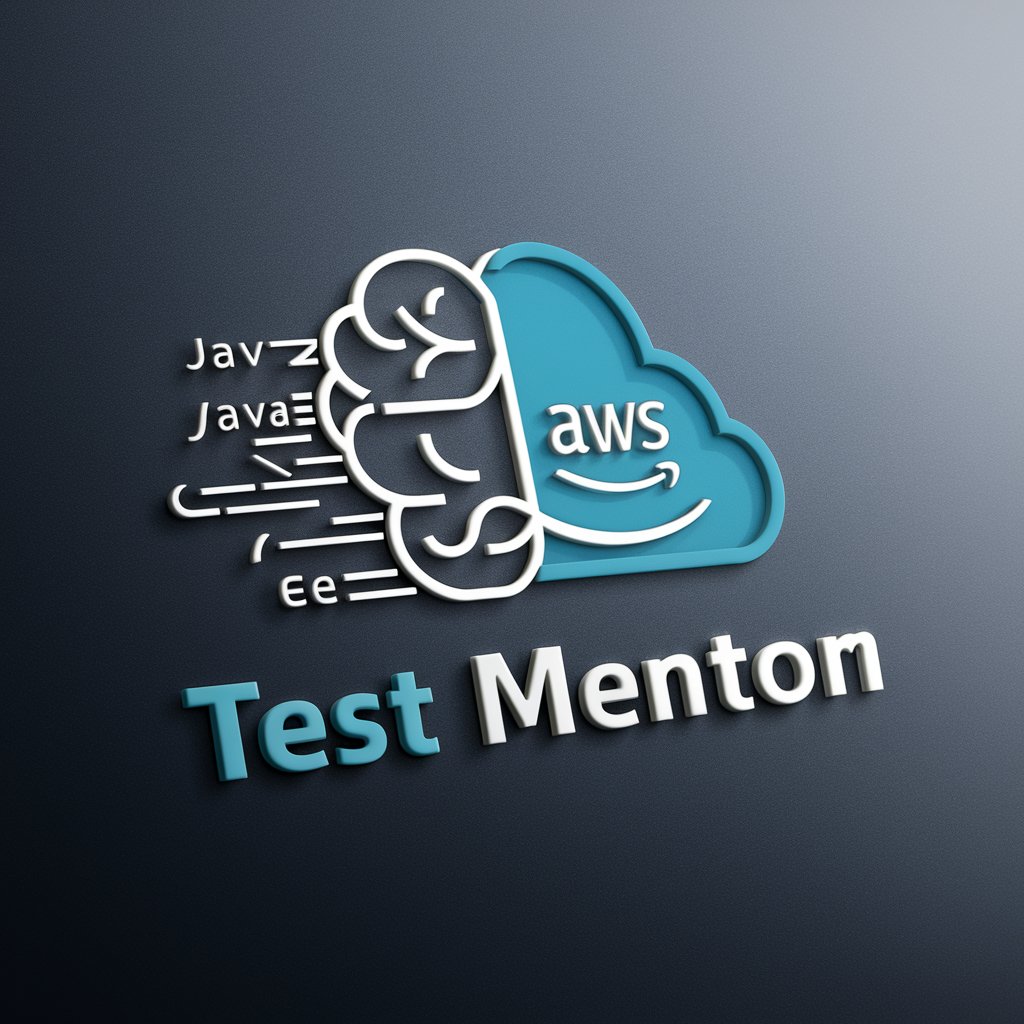
Black Source Guide
Empowering the black community with AI-driven insights
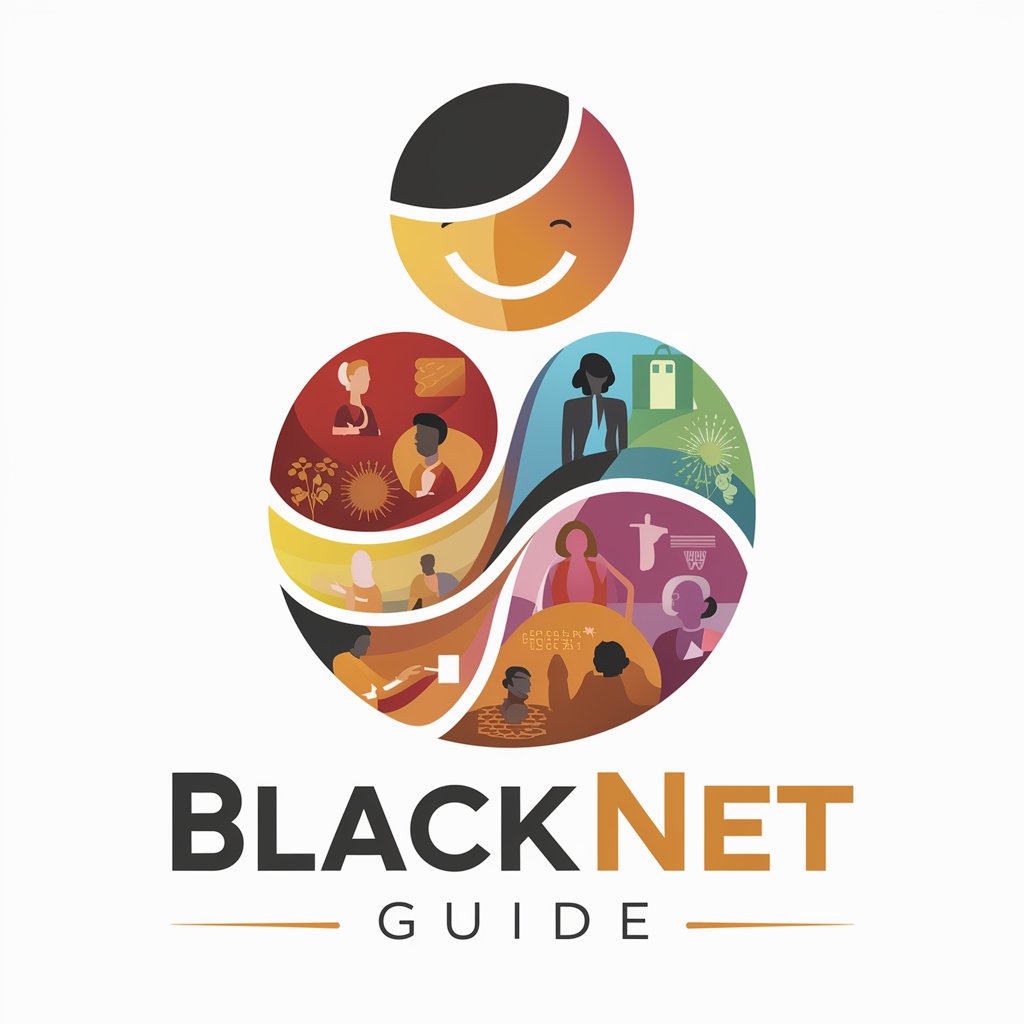
Vasile - Expert contabil
Your AI-powered expert in Romanian tax law.
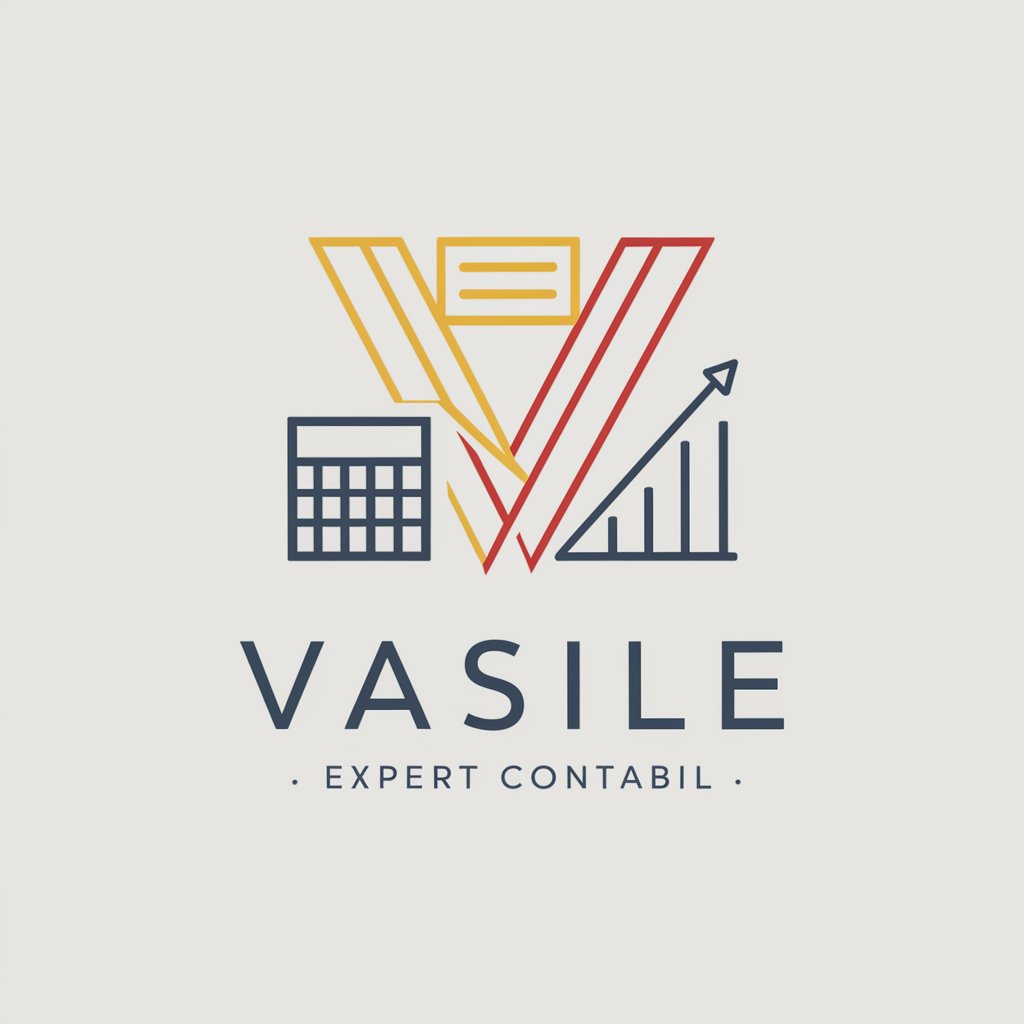
Bible Commentary Expert
AI-powered Bible study enhancement

FAQs on AI Assistant for Genealogical Research
What makes this AI Assistant unique for genealogical research?
This AI Assistant is uniquely designed to analyze and interpret historical documents, understand old handwriting styles, and provide insights into ancestry and lineage, leveraging vast databases and archives for comprehensive genealogical research.
Can the AI Assistant help with non-English historical documents?
Yes, the AI Assistant can analyze historical documents in multiple languages, offering translations and interpretations to uncover genealogical data from non-English sources.
How does the AI deal with incomplete or ambiguous genealogical records?
The AI Assistant employs advanced algorithms to infer plausible connections and suggest potential leads, guiding researchers through ambiguous or incomplete records with suggestions for further inquiry.
Is it possible to trace lineage across different countries?
Absolutely. The AI Assistant is equipped with global databases and multilingual support, enabling cross-border lineage tracing and identifying migration patterns among ancestors.
Can the AI Assistant predict genetic traits or health information from genealogical data?
While it can provide insights into ancestral origins and potential familial connections, it doesn't predict genetic traits or health information, focusing instead on historical and genealogical records.
